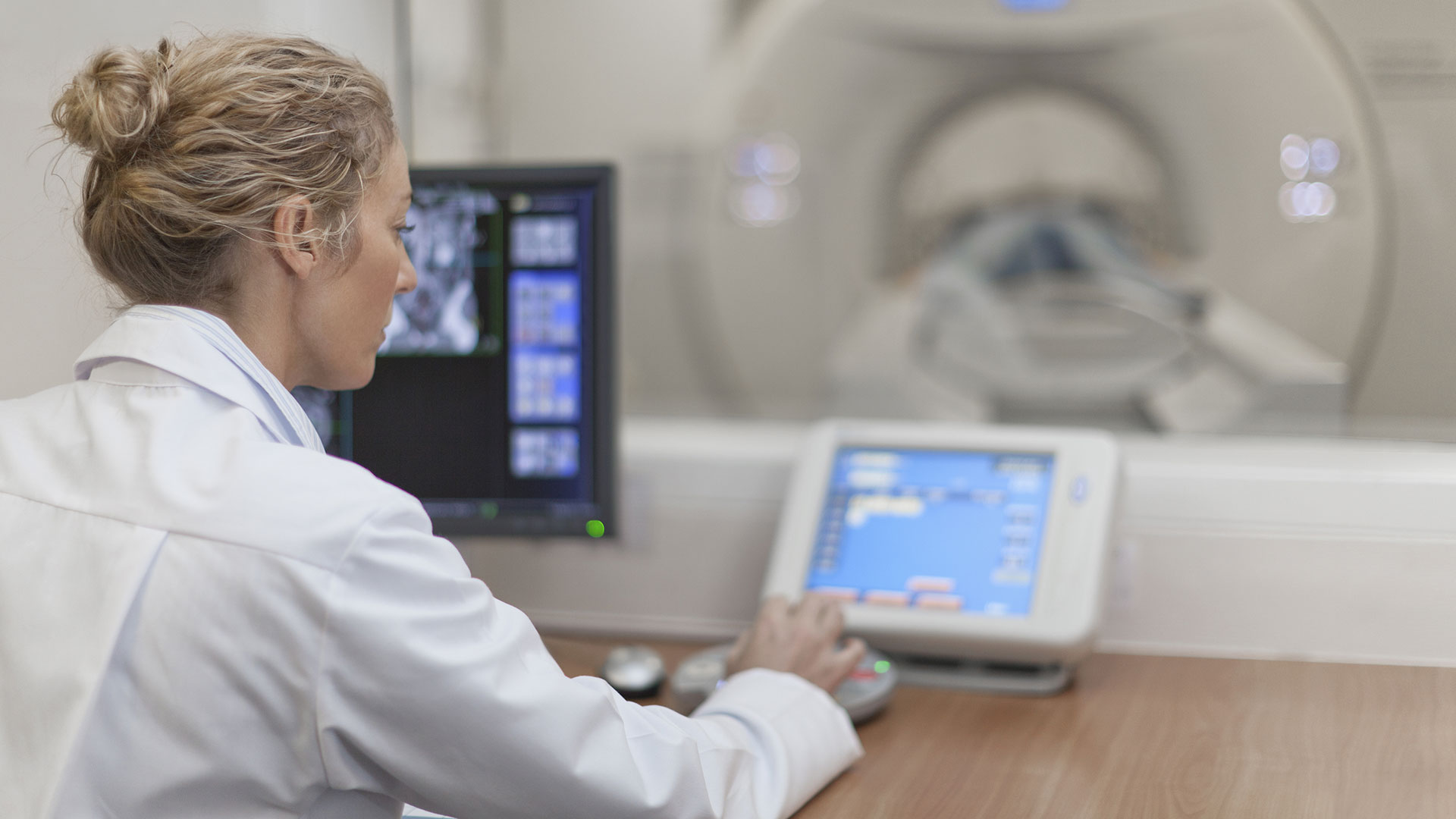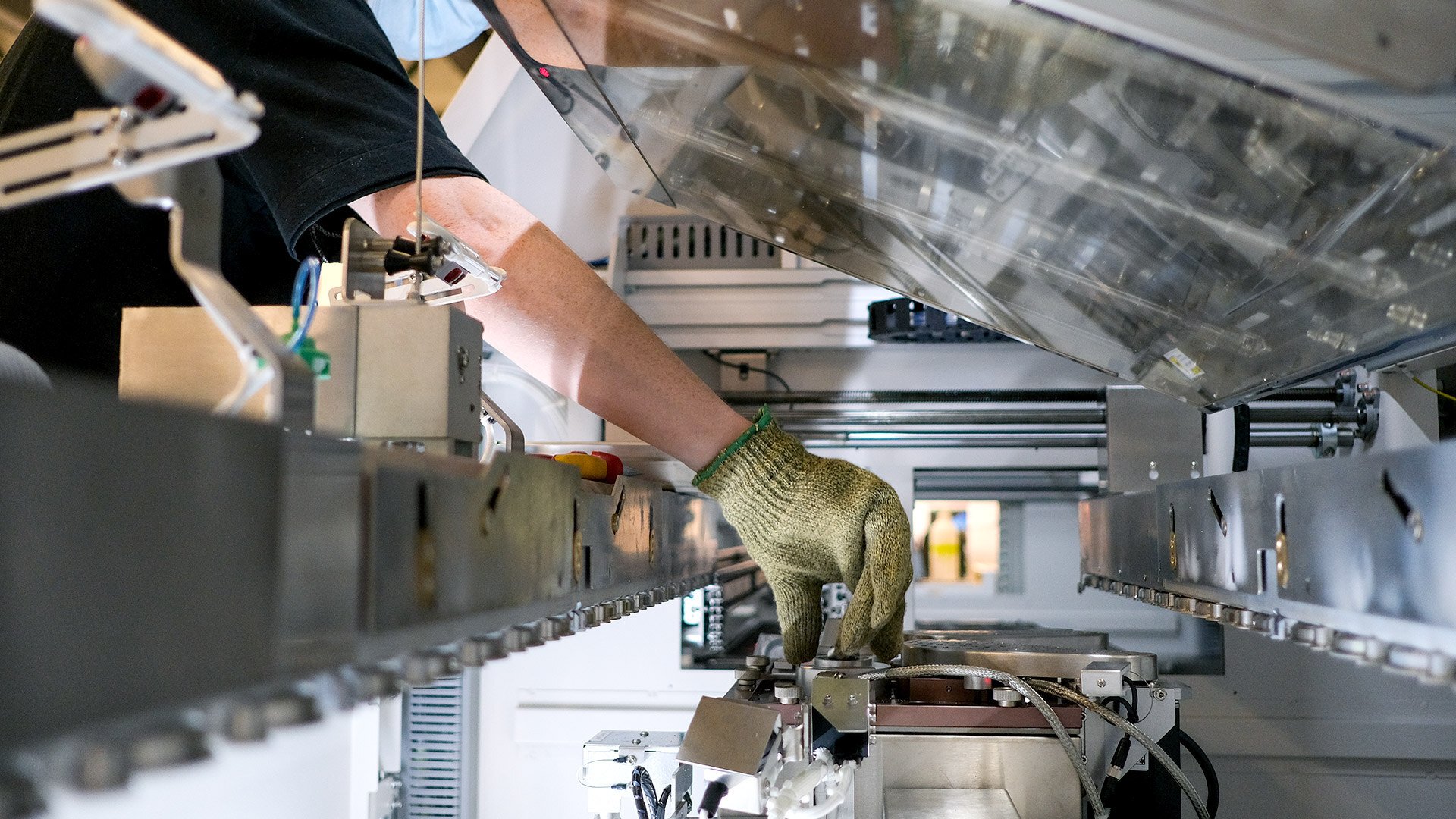The new MDR regulation has expanded the need for clinical evaluation in companies designing medical devices. The interview for my master's thesis highlighted the requirements set by the new regulations on the competence of employees, as well as the increased workload and the need for competence in the clinical evaluation of a medical device.
In my thesis, I researched the use of clinical evaluation in product development and its effects on the company's human resources, because the requirements of MDR have increased the need for clinical evaluation. In 2021, the legislation on medical device obligations was reformed and the Directive on the European Region was updated into a regulation [1]. According to the transition period of the original MD Regulation, all medical device manufacturers had to update the technical files of their devices by 2024 at the latest to comply with the new EU regulations [2]. Due to problems with the implementation of the MD Regulation, the Commission announced on Friday 9.12.2022 that it intends to present a proposal for an amendment to the Regulation as early as January 2023 to address the implementation challenges. It is proposed that the transitional periods for placing on the market in the MD Regulation be amended so that the transition period for devices with a higher risk class would be extended until 2027 and for devices with a lower risk class extended until 2028 [3]. The new EU regulations on medical and IVD devices correct previous shortcomings and a new objective is to promote patient safety and transparency [4].
Under the EU Medical Devices Regulation (EU) 2017/745, manufacturers are obliged to carry out a clinical assessment in accordance with the requirements of the Regulations. Clinical evaluation is mandatory for all products and the intended use specified by the manufacturer determines the basis for the clinical evaluation. Monitoring must also be continued even after the product has been placed on the market. The clinical assessment and its documentation shall be kept up to date throughout the lifetime of the device by updating it with clinical data. In addition to the EU Regulation 2017/745 Medical devices (MDR), the clinical evaluation is guided by EU Regulation 2017/746 in vitro diagnostic medical devices (IVDR) [5]. The manufacturer must ensure that the general safety and performance requirements are met for all devices, including carrying out a clinical evaluation [6].
Results of the study
Through the requirements of the new MDR regulation, the amount of information and depth of knowledge has changed a lot in terms of the clinical evaluation of a medical device. Knowledge of the technical, clinical and design aspects of development methods, quality requirements and usability, among other things, is required, which requires teamwork. The clinical assessor should understand the needs inherent in the clinical evaluation of the medical device and co-operate with team members who are able to provide detailed information. Resource needs have also increased from the competency side, as more and more people with different qualifications are needed for clinical evaluation. A new requirement is to conduct a comprehensive literature review, which must include the State of the Art of the device, i.e. what kind of therapy and treatment practice field the device in question is used in. The validity of the device must also be shown, i.e. scientific support must be found for what the device is claimed to do. There are also qualification requirements for clinical assessors in the EU guidelines, which define an adequate educational background or work experience, which in turn affects the recruitment process.
Already at the development stage of the product, it would be good to be able to create the processes that ensures the performance and safety of the medical device. In the risk management team, a clinical evaluation expert understands what needs to be taken to clinical evaluation and is also able to take into account how the performance and safety of a medical device is monitored after it has been placed on the market.
Traditionally, clinical evaluation has been carried out at the final stage of product development, but with the new requirements, the benefit of a literature thesis has been that information is obtained already in the early stages. The Adverse events databases can be used to provide input for product development, which may make it possible to solve issues in a preventive manner.
It would be ideal to keep clinical competence involved in product development already during product development meetings from the very beginning. In the beginning, it would also be a good idea to deal with issues related to evaluation, because nowadays you have to build a clinical evaluation plan even before the actual assessment. Furthermore, it would also be ideal that the need for users were defined as precisely as possible already at the beginning, because requirements for clinical research are being built already at that stage.
The clinical evaluation defines the patient benefit of the device and the literature research can be used to identify potential risks, demonstrate clinical validity and determine the status of the device in relation to current therapies. When the quality team and the risk analysis team are involved in the early stages of the project, important material is obtained right from the start, and this can also save time. When starting a clinical evaluation, it would be ideal that the entire development project team knows what needs to be addressed in the clinical evaluation.
In the development part of my research, I made a clinical evaluation checklist for the company's electronic system. Checklist benefits the project by clearly showing the different phases of the clinical evaluation in order.
Summary
My research provided me with new information on how the new MDR requirement has affected the clinical evaluation of medical devices. Detailed information helps medical device manufacturers and clinical evaluators in their assessment and product development.
The clinical evaluation of a medical device calls for a team that requires qualified persons who must be able to demonstrate their competence in official documents. The results of the study show the changed requirements that increase the need for clinical competence and the requirements affecting recruitment. It is important to identify the patient benefit of the device in the clinical evaluation and to conduct a comprehensive literature search for it in order to find and utilise already existing information. It would be a ideal to have a quality team and risk analysis teams involved in clinical evaluation immediately, so that important data can be collected already during the assessment. With the new MDR regulation, a larger amount of information is required for the clinical evaluation of a medical device, skilled professionals are required to carry out the assessment and sufficient amount of time must be reserved for it.
Literature research at the beginning may change the direction of product development, so it would be a good idea to start the clinical evaluation from the beginning and continue throughout the process. Clinical competence is also required for the risk management file of the device and the clinical evaluation report is part of the final technical documentation of the device.
Sources
[1], [5] Fimea 2021. Lääkinnällisiin laitteisiin liittyvä lainsäädäntö. Hakupäivä 10.2.2022 https://www.fimea.fi/laakinnalliset_laitteet/laakinnallisiin-laitteisiin-liittyva-lainsaadanto
[2] EU 2021. Questions and Answers on the progressive roll-out of the new In vitro Diagnostic Medical Devices Regulation. Hakupäivä 14.2.2022 https://ec.europa.eu/commission/presscorner/detail/en/qanda_21_5210
[3] Fimea 2022. EU-komissio kertoi EPSCO-ministerikokouksessa MD-asetuksen suunnitelluista lisäsiirtymäajoista. Hakupäivä 19.12.2022 https://www.fimea.fi/-/komissio-kertoi-epsco-ministerikokouksessa-md-asetuksen-suunnitelluista-lisasiirtymaajoista
[4] Knuuttila, Jari. 2021. Lääkinnällisten ja in vitro-diagnostisten laitteiden valvonta - mitä uutta? Duodecim 2021 vol. 137 no. 7, 665-667. Hakupäivä 28.3.2022 https://www-duodecimlehtifi.ezp.oamk.fi:2047/xmedia/duo/duo16153.pdf
[6] MDCG (Medical device coordination group) 2021. Guidance on classification of medical devices. Hakupäivä 14.2.2022 https://ec.europa.eu/health/system/files/2021-10/mdcg_2021-24_en_0.pdf
Pohjosaho, Elina. 2022. Kliinisen arvioinnin hyödyntäminen lääkinnällisen laitteen tuotekehityksessä ja sen vaikutukset tiimien kokoamiseen. Oulun ammattikorkeakoulu. Mielenterveys- ja päihdetyön kliininen asiantuntija, YAMK. Master-opinnäytetyö. https://urn.fi/URN:NBN:fi:amk-2022120927464










